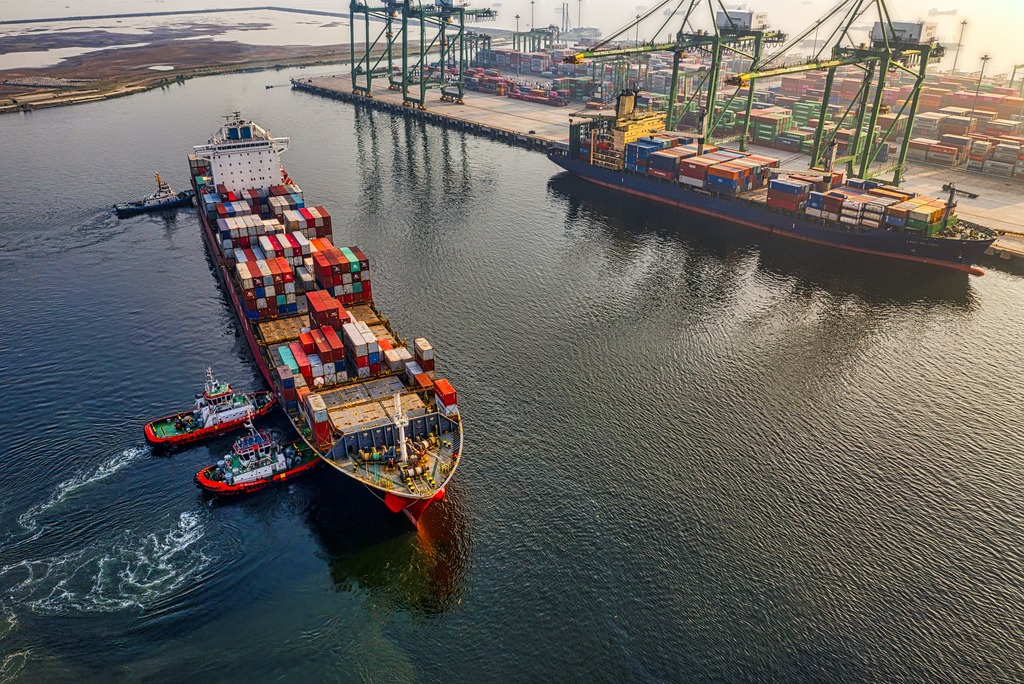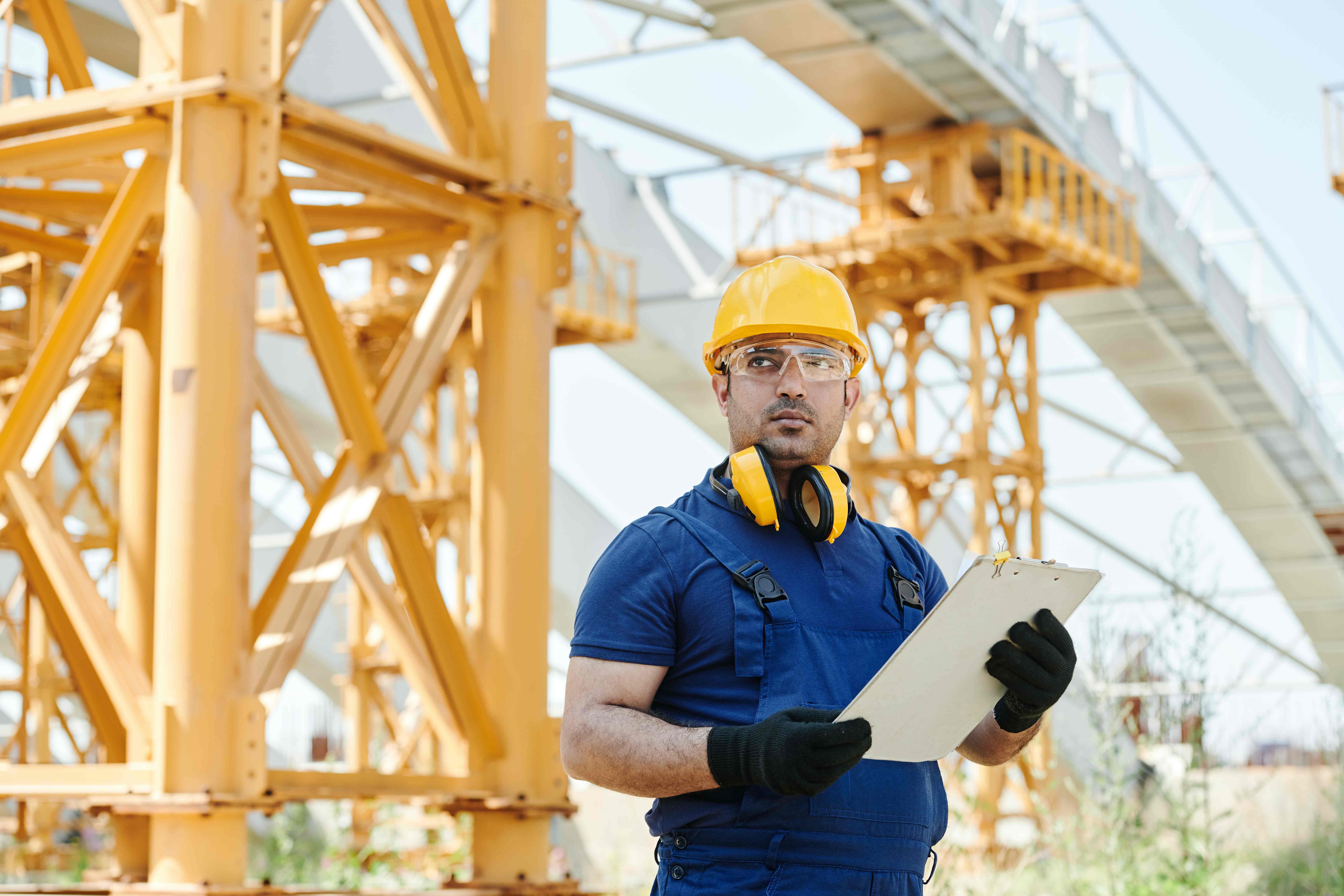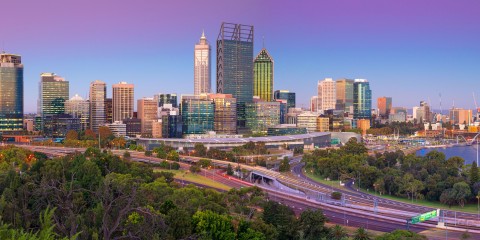
If you are thinking about applying for a partner visa in 2024, it is helpful to understand the Australian Department of Home Affairs’ (Department) current requirements and how it assesses a partner visa application.
Partner Visa Types and Stages
You can apply for a partner visa either onshore or offshore. Partner visa applications have two stages. The first stage is a temporary partner visa and the second stage is a permanent partner visa. Partner visa applicants become eligible to apply for the permanent stage of the visa two years after the date of application for the first stage of the partner visa.
If you are an applicant inside Australia, you will need to apply for a temporary onshore partner visa (Subclass 820) followed by a permanent partner visa (Subclass 801). Applicants applying outside of Australia will need to apply for a temporary offshore partner visa (Subclass 309) followed by a permanent partner visa (Subclass 100).
Requirements for the applicant
To be eligible to apply for a Partner Visa in Australia, an applicant must be in a genuine and ongoing married or de facto relationship with an eligible Australian citizen, permanent resident, or eligible New Zealand citizen. You must also meet all the other requirements for the visa including health, and character. This typically involves providing police clearance certificates and undergoing medical examinations, if required.
Book an appointment if you need assistance.
Requirements for the sponsor
A sponsor for a partner visa must be an Australian citizen, permanent resident, or eligible New Zealand citizen. The sponsor must also meet the age, health, and character, and financial requirements. There are some limitations on sponsors, for example sponsors are barred from sponsoring more than one partner within a five-year period. For more information about these limitations, please contact us to speak to a Lawyer or Registered Migration Agent.
Requirements for the relationship
The Department needs to be satisfied that the relationship between the visa applicant and the sponsor is “genuine and continuing” therefore you will need to provide substantial proof of your married or de facto relationship. The Department considers the following four pillars in assessing whether a relationship is genuine and continuing:
- Mutual commitment – this looks at the level of commitment between the couple and considers the duration of the relationship, length of time they have lived together, level of support they provide to each other and the couple’s future plans
- Financial aspects of the relationship – this can include evidence of any joint ownership of property or assets (e.g. house, car, shares), joint liabilities (e.g. home loan or a rental property in both parties’) or shared finances like a joint bank account
- Nature of the household – this can include a joint responsibility for the care and support of children, joint living arrangements and shared housework responsibilities
- Social aspects of the relationship – this looks at whether the relationship is known and supported by the couple’s friends and family which can be shown through statements, support letter or photos. It can also include evidence of involvement in social activities together, joint travel, or joint invitations or attendance at social events
While it is important and helpful to provide evidence of all the four criteria in a partner visa application, the Department policy suggests that generally a relationship is assessed overall and takes into consideration all factors within the relationship.
Processing times
Partner visa processing times vary based on the subclass of the partner visa you are applying for and the specific circumstances of each application. Currently, onshore partner visa applications are being processed within 5 months to 3 years. Offshore partner visa applications are being processed within 11 months to 2 years. It is important to understand that these processing times may change. They are provided as a guideline only and some applications may fall outside of these processing times.
You can keep track of the Department’s processing times here.
Costs
The costs associated with a partner visa application in Australia can vary depending on the specific subclass of visa you are applying for. Additionally, the fees are subject to change, so it's important to check the latest information on the Department website or consult with us for the most accurate details.
Below is a breakdown of some of the costs you may need to consider:
- Visa Application Charge (VAC): this is the main fee charged by the Department for processing your visa application. Currently, the VAC for an onshore and offshore partner visa is $8,850. This fee is for the main applicant only and excludes any additional or secondary applicants. If there are any secondary applicants for example, any eligible children then the Department charges an additional $4,430 for each additional application aged 18 and over and $2,215 for each additional applicant aged under 18.
- Biometrics: If biometrics (such as fingerprints and a photograph) are required as part of the application process, there may be additional costs associated with this. The cost for biometrics varies depending on the location where they are collected.
- Health Checks: You and your partner may need to undergo medical examinations as part of the visa application process. The cost of these examinations varies depending on the medical provider and the specific tests required.
- Police Clearance Certificates: You may need to obtain police clearance certificates from any country where you have lived for 12 months or more in the last 10 years. The cost of obtaining these certificates varies by country.
- Translation and Certification of Documents: If any of your supporting documents are not in English, you may need to have them translated by a certified translator. You will need to take into account any costs associated with translating your documents, if required.
- Professional Legal Fees: You may wish to engage a Lawyer or Registered Migration Agent to assist you with your partner visa application. The professional legal fees vary based on each legal service provider. Please feel free to contact us if you need legal assistance with your partner visa application or would like to discuss our fees for assisting with your application.
- Other Miscellaneous Costs: Depending on your specific circumstances, there may be other costs associated with the application process, such as postage fees, travel expenses for interviews or appointments, and obtaining additional supporting documents.
For more information on partner visa, including the documents you need and common reasons for refusal, see Everything You Need to Know About the Australian Partner Visa.
Do you need help with an Australian visa application?
Our team of experienced Immigration Lawyers and Migration Agents look forward to assisting you with your Partner Visa application.
Based in Adelaide, South Australia, we provide Australian Immigration advice to people and businesses from all over the world.
You can book an appointment online or call us at (+61) 8 8351 9956.












